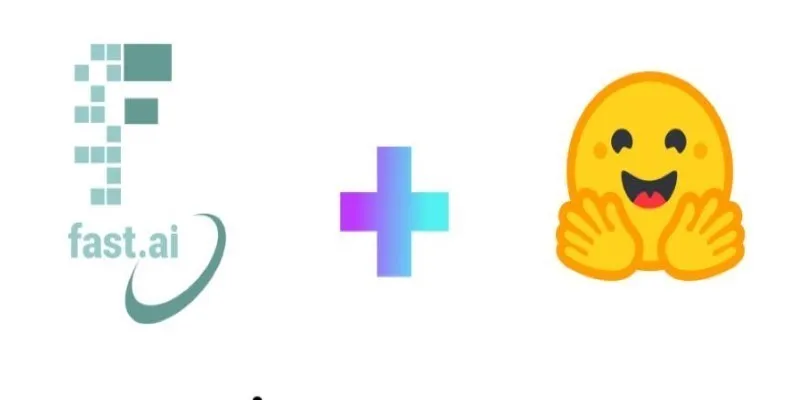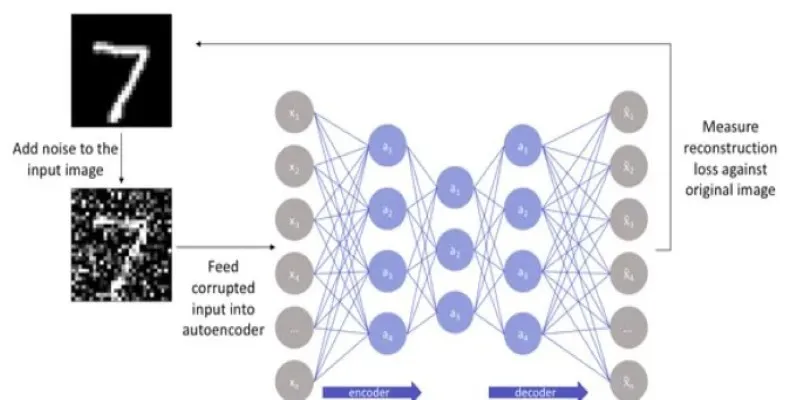AI development is evolving rapidly, but assessing model quality hasn’t always kept pace. Performance testing often occurs behind closed doors or is confined to academic papers. Hugging Face is changing that with Evaluation on the Hub, a feature that makes model testing transparent and accessible. This initiative not only publishes scores but also makes them visible, consistent, and easy to understand, providing clarity and insight into how models perform in real-world tasks without additional setup or code.
What is Evaluation on the Hub?
Evaluation on the Hub allows AI models hosted on Hugging Face to be automatically tested using standard datasets and metrics. Instead of downloading a model and setting up an evaluation pipeline, the Hub handles it all.

Once a model is uploaded, it’s evaluated using predefined benchmarks. Results are displayed directly on the model’s page, illustrating its performance on specific tasks. This feature transforms model sharing into a more informative process, eliminating the guesswork about a model’s effectiveness.
Leaderboards are also introduced, enabling direct comparisons across models tested under identical conditions. This consistent evaluation environment helps ensure meaningful results, moving away from vague claims toward transparency and reliability.
The Benefits for Everyone in the AI Ecosystem
For developers, this feature reduces time spent on repetitive setups. Evaluating models manually can be time-consuming, particularly when comparing multiple models. With this streamlined process, a model can be evaluated automatically, and results are delivered in a consistent format.
Researchers benefit from improved reproducibility. Often, claims made in papers are difficult to verify unless the entire evaluation method is published and replicated. Now, anyone can observe a model’s performance in a controlled environment using shared datasets, reducing the risk of misleading metrics or inconsistent comparisons.
Model users—those applying pre-trained models for real tasks—gain a clearer understanding of a model’s capabilities. Whether working on translation, summarization, or sentiment analysis, the model’s scores illustrate its actual performance, enabling data-driven decisions.
Instructors and students also benefit. Teaching model evaluation has traditionally involved outdated or complex examples. This feature offers a live, hands-on approach to exploring performance metrics, making it easier to teach with examples that reflect real-world use cases.
The Technical Backbone: How It Works
Evaluation on the Hub leverages Hugging Face’s datasets and evaluates libraries, providing access to common datasets and trusted evaluation methods for various tasks such as classification, translation, and question-answering. Once a model is uploaded and tagged for evaluation, it runs against selected datasets under fixed conditions.

This consistency eliminates common reproducibility issues, as every model is tested under the same circumstances. Scores such as accuracy, F1, or BLEU are presented depending on the task.
Each model page offers a detailed breakdown of results, not just top-level metrics. Users can view class-level performance, metric variations, and the specific model version tested. Evaluations are linked to specific commits of both the model and dataset, ensuring transparency about what was tested.
Security and fairness are prioritized. Evaluations run only on open-source models and datasets compatible with the platform, avoiding private or restricted data. Hugging Face handles the infrastructure, so evaluations don’t utilize local resources.
This setup enables the testing and comparison of hundreds of models without losing clarity, which is particularly useful for tracking model performance over time, whether fine-tuning versions or switching architectures.
A Step Toward More Transparent AI
This feature marks a significant shift in how AI models are shared and evaluated, bringing transparency to a process typically hidden. Instead of relying on a README or a paper chart, users can see live results generated in a controlled setting, reducing guesswork and establishing a shared standard.
The Hub becomes more useful, allowing developers to find what they need faster without running test scripts or manually comparing results. They can focus on building applications with models that already meet performance needs.
Model creators are held more accountable. Public performance results allow others to see how well a model actually performs, encouraging better practices, thoughtful model design, and greater transparency in the AI community.
There’s also room for open discussion. Visible evaluation results invite questions, challenge claims, share insights, suggest improvements, or report inconsistencies. This openness fosters participation and scrutiny, leading to stronger models and increased trust between creators and users.
Conclusion
Evaluation on the Hub increases visibility in AI development, automating model testing and displaying results transparently. It helps users choose tools based on real data, saving time, adding clarity, and promoting better practices. Researchers gain reproducible benchmarks, developers avoid repetitive setups, and model users receive the information needed for informed decisions. As AI becomes integral to real-world projects, features like this make the technology more open, transparent, and reliable for everyone, everywhere, every day.
 zfn9
zfn9























